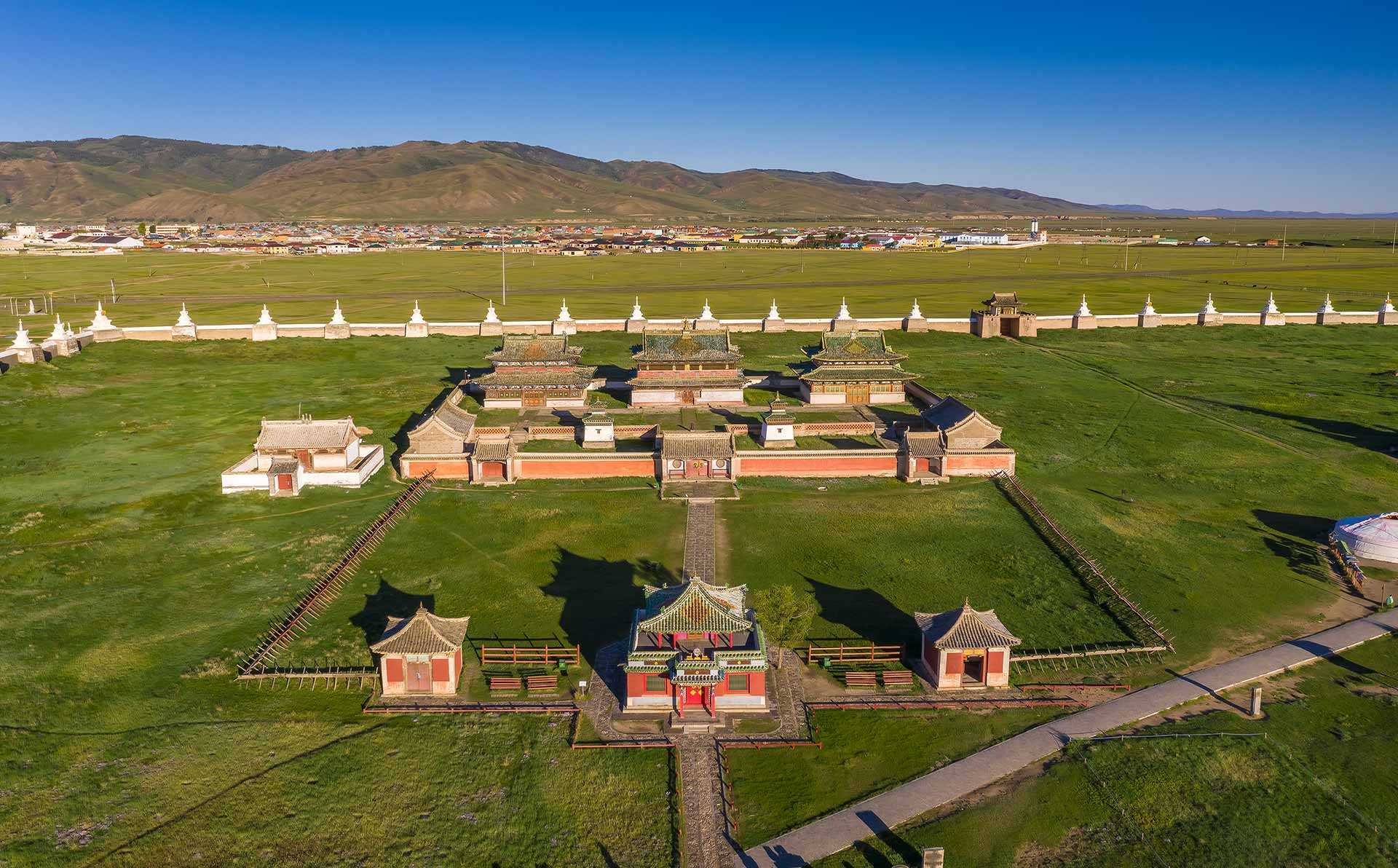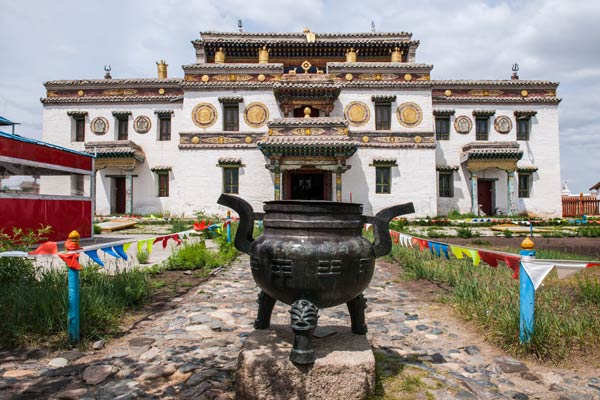
The Rich History of Buddhism in Mongolia
The Rich History of Buddhism in Mongolia
Mongolia, with its vast steppes and rugged mountains, is not only a land of natural beauty but also a country with a deeply spiritual heritage. Central to this spiritual landscape is Buddhism, which has played a significant role in shaping Mongolian culture, history, and identity. From ancient times to the present day, Buddhism has left an indelible mark on Mongolia’s national character.
Historical Roots of Buddhism in Mongolia
Buddhism first entered Mongolia during the era of the Great Khans in the 13th century. The Mongol Empire, under the leadership of Genghis Khan and his successors, was a melting pot of various cultures and religions, including Buddhism, Christianity, Islam, and shamanism. However, it wasn't until the 16th century that Buddhism began to take firm root in Mongolian society.
In the late 1500s, Altan Khan, a descendant of Genghis Khan, invited Tibetan Buddhist leaders to Mongolia. He bestowed the title of Dalai Lama upon the third leader of the Gelug school of Tibetan Buddhism, establishing a spiritual bond that would significantly influence Mongolian religious practices. This marked the beginning of a profound relationship between Mongolia and Tibetan Buddhism, which continues to this day.
The Gelug School of Buddhism
The Gelug school, also known as the "Yellow Hat" school, became the dominant form of Buddhism in Mongolia. This school emphasizes monastic discipline, scholarly study, and the teachings of Tsongkhapa, its founder. The influence of the Gelug school led to the establishment of numerous monasteries and the spread of Buddhist teachings throughout Mongolia.
One of the most significant figures in Mongolian Buddhism is Zanabazar (1635-1723), the first Jebtsundamba Khutuktu, or spiritual head of the Gelug school in Mongolia. He was not only a spiritual leader but also a renowned artist and scholar, contributing to the development of Mongolian Buddhist art and architecture.

Monasteries and Temples
Monasteries and temples are the heart of Mongolian Buddhism, serving as centers of worship, learning, and community life. Before the communist purges of the 20th century, Mongolia had over 700 monasteries and tens of thousands of monks. Many of these monasteries were destroyed during the purges, but some have been restored and continue to function as important spiritual centers.
Gandantegchinlen Monastery in Ulaanbaatar is the most significant monastery in Mongolia today. It was one of the few monasteries to survive the communist era and has been a center of Buddhist revival since the 1990s. The monastery is home to a magnificent statue of Migjid Janraisig, a 26.5-meter-tall statue of Avalokiteshvara, the Bodhisattva of Compassion.
Erdene Zuu Monastery in Kharkhorin, near the ancient capital of Karakorum, is another important site. Established in 1586, it was the first Buddhist monastery in Mongolia and remains a symbol of the country’s spiritual heritage. The monastery complex, with its beautiful temples and stupas, reflects the rich history and architectural prowess of Mongolian Buddhism.
The Impact of Communism
The rise of communism in the early 20th century brought severe repression of religious practices in Mongolia. During the 1930s, under the influence of Soviet policies, the Mongolian government initiated a brutal campaign against Buddhism. Thousands of monks were executed, monasteries were destroyed, and religious practices were banned. This period of persecution nearly eradicated Buddhism from Mongolian life.
Buddhist Revival
The fall of communism in 1990 marked the beginning of a spiritual revival in Mongolia. Monasteries were rebuilt, and religious freedom was restored. Today, Buddhism is experiencing a resurgence, with many young people joining monastic communities and a renewed interest in Buddhist teachings and practices.
Mongolian Buddhism is characterized by a unique blend of traditional practices and modern influences. Many Mongolians continue to practice Buddhism alongside shamanistic rituals, reflecting the syncretic nature of their spiritual beliefs. Festivals such as Tsam dance, a masked dance ritual, and Maitreya festivals attract both locals and tourists, showcasing the vibrant cultural heritage of Mongolian Buddhism.
The Role of Buddhism in Modern Mongolia
In contemporary Mongolia, Buddhism plays a vital role in cultural and social life. Monasteries serve as centers for education, social services, and cultural preservation. Buddhist principles of compassion, non-violence, and harmony are deeply embedded in Mongolian society, influencing everything from family life to national policies.
Buddhist teachings also provide a framework for addressing modern challenges. Environmental conservation, for instance, is often approached through the lens of Buddhist respect for all living beings and the interconnectedness of life. Monasteries and religious leaders are actively involved in promoting sustainable practices and protecting Mongolia’s natural heritage.
Conclusion
Buddhism in Mongolia is more than just a religion; it is a profound and enduring part of the country’s identity. From the ancient days of the Mongol Empire to the trials of the communist era and the vibrant revival of today, Buddhism has shaped and enriched Mongolian culture and society. Whether through the serene beauty of its monasteries, the wisdom of its teachings, or the resilience of its practitioners, Buddhism continues to be a vital and dynamic force in Mongolia.
For visitors, exploring the Buddhist heritage of Mongolia offers a deep and enriching experience. Whether you’re meditating in a monastery, witnessing a traditional ritual, or simply soaking in the peaceful atmosphere of a temple, the spiritual legacy of Mongolia will leave a lasting impression on your heart and mind.
